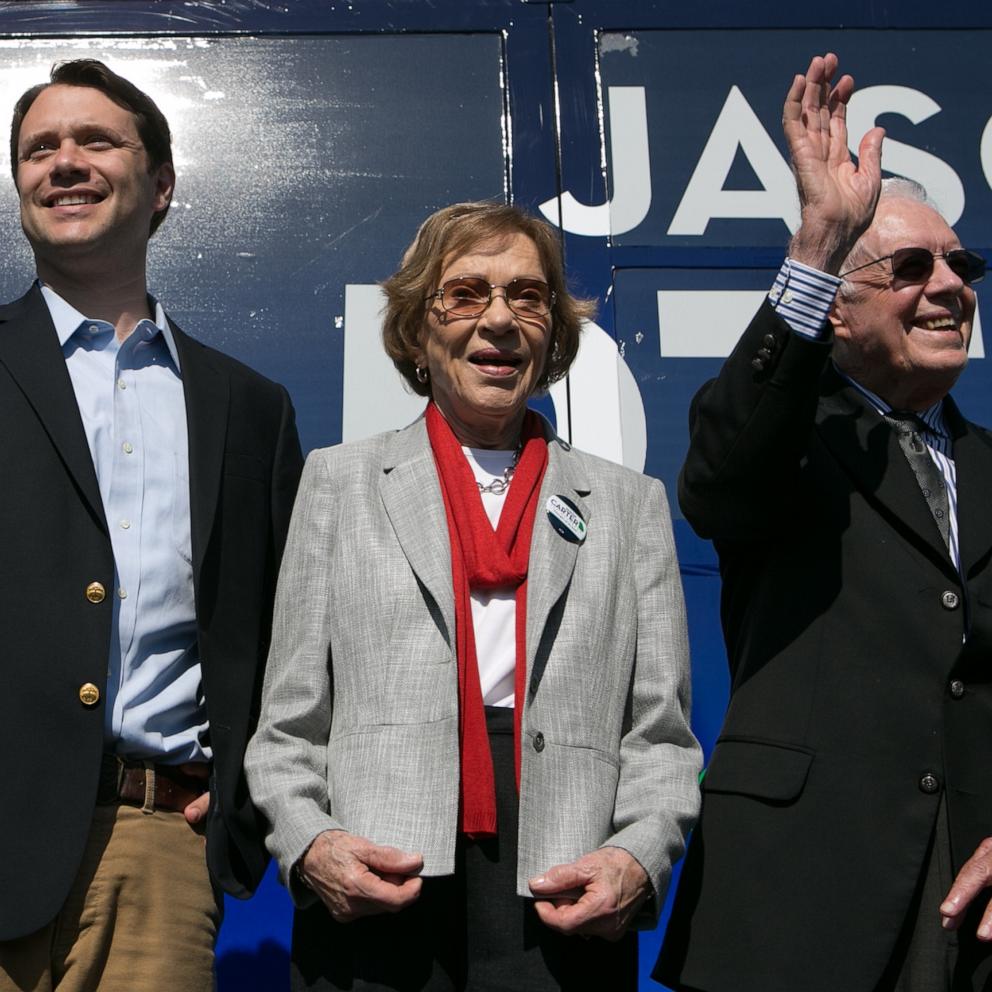The July Hike in Student Loan Interest Rates Explained
June 3, 2013— -- You've heard vague mentions of interest rates doubling on some student loans and it makes your stomach drop, right? But it also makes you want to stick your fingers in your ears and ignore the fact that paying for college is something you're going to have to think about.
We totally get it (from very personal experience), but we also know from experience that denial doesn't work.
So here are the basics on those pesky Stafford loan interest rates that are set to spike at the beginning of July in easy-to-read bullet points. Seriously, it will take you less than five minutes.
What: Only interest rates on subsidized Stafford Loans will be impacted by the July change. Subsidized Stafford Loans are need-based loans for undergraduate students only. The loans don't accumulate interest while students are in college. Need is determined by the Free Application for Federal Student Aid (FAFSA) form, which applicants can fill out at no cost. You can find more information about the application and deadlines (they vary by state and college) here.
When: Interest rates on subsidized Stafford Loans issued after July 1, 2013 are set to double to 6.8 percent. Loans issued before this date will come with 3.4 percent interest, which is locked in for the life of the loan. That means that where a student with a $10,000 subsidized Stafford loan would accrue about $.93 in interest each day at the current rate, that will jump to $1.86 in interest each day when the higher rate takes effect.
Why: The 6.8 percent rate is actually the old interest rate for these loans. Congress passed a law back in 2007 that gradually lowered interest rates to 3.4 percent over five years, but allowed the rate to rise back to 6.8 percent in 2012. Everyone - President Obama, Republicans, Democrats - wanted to avoid that rebound, but couldn't agree on how to do it. So they passed a stopgap measure that extended the 3.4 percet interest rate for a year. But that year is almost up and we're at a familiar situation: everyone wants to prevent interest rates from rising uniformly to 6.8 percent, but they can't agree on how to get there.
Who: A bunch of political players have proposed possible solutions. Here are a few of the main ones.
- President Obama: Obama wants student loan interest rates to vary from year to year depending on market conditions. Interest rates for subsidized loans would be tied to the yield on 10-year Treasury bonds (plus .93 percentage points). Basically that means interest rates could initially be even lower than 3.4 percent, but they could rise much higher in coming years. The good part, though, is that while rates would vary by year, they'd be locked in over the life of every loan.
- Democrats: Some Democrats want to extend the current 3.4 percent interest rate for a year or two to give Congress a chance to reform the law that deals with federal student loans. That law is set to expire at the end of this year. But that plan doesn't appeal to all Democrats. Senator Elizabeth Warren recently proposed that interest rates match the rate the Federal Reserve charges banks: .75 percent.



